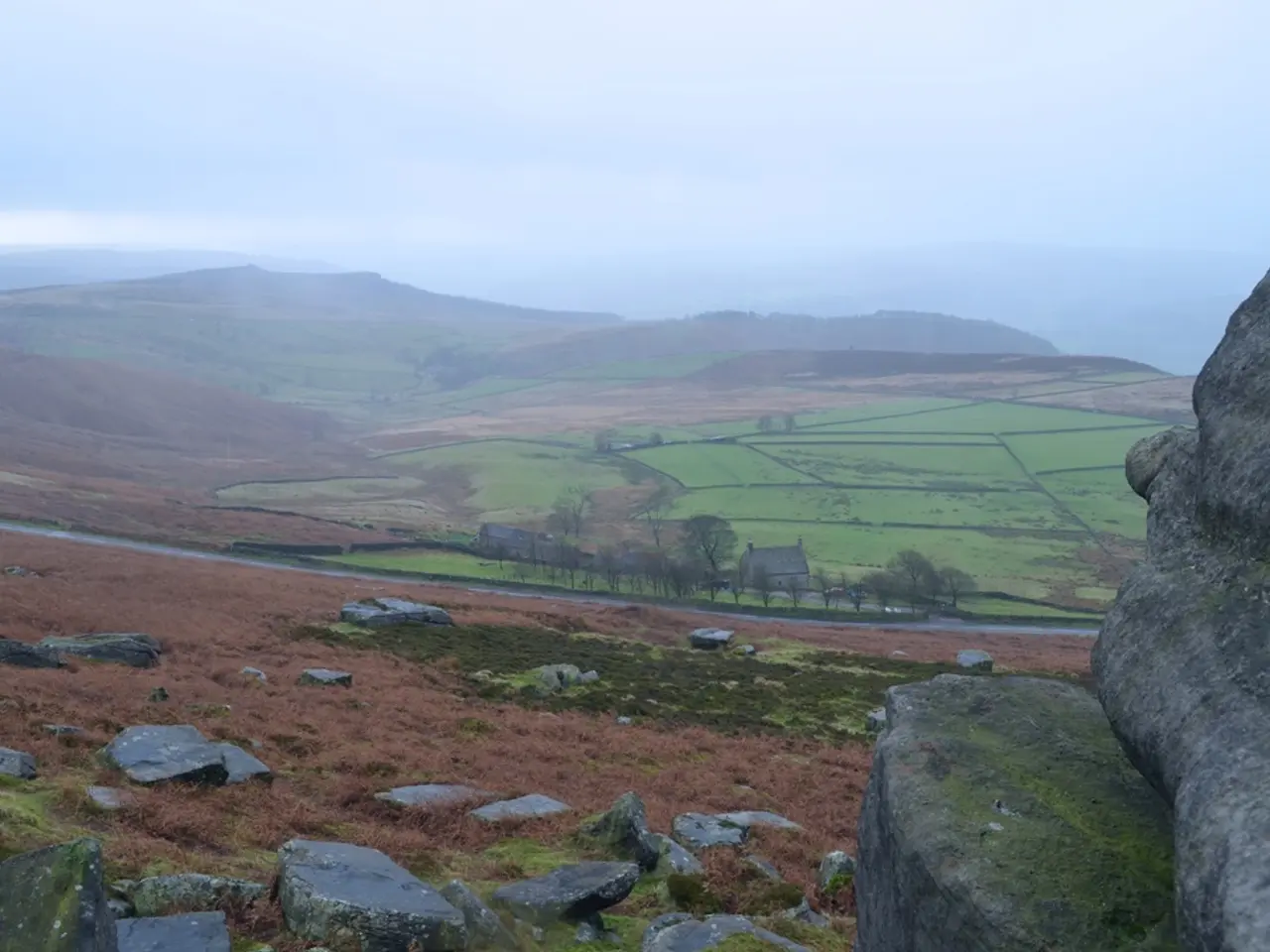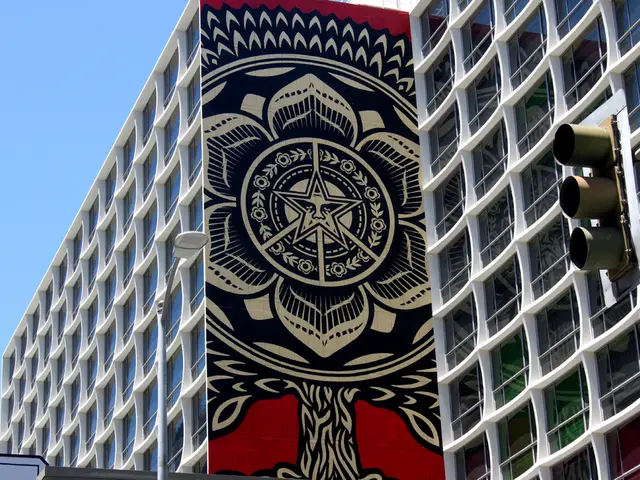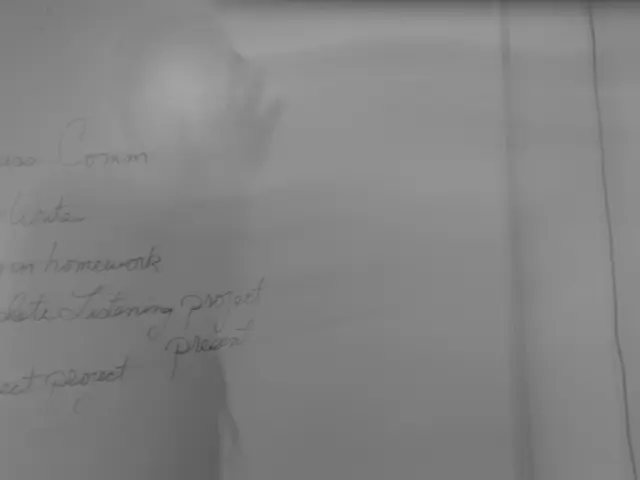Mineral resources in Africa are perpetuating instability
In the heart of Africa, a race to extract critical minerals is underway, reshaping population centres and economies alike. This mineral rush, however, is not without its complications, as illustrated by the ongoing saga in Kolwezi, Democratic Republic of Congo (DRC).
Residents in Kolwezi, about 30 kilometers (18 miles) away from their current site, are facing a delay in the construction of their future homes due to ongoing mining operations. The mine's explosion, as reported by metallurgy technician and community leader Sylvain Ilunga Muleka, shakes the walls and poses a risk to the remaining residents.
The DRC, along with South Africa, Nigeria, Morocco, and Guinea, are among the countries mining the largest variety of critical minerals. The DRC's wealth of coltan, a critical mineral, has been a source of unrest in the country's east for over three decades.
Meanwhile, the looting of the 3T metals (tantalum, tin, and tungsten) has made the insurrection by the Congo River Alliance (AFC) increasingly lucrative for militants and their main international backer: the government of Rwanda.
Elsewhere on the continent, countries such as Uganda, Tanzania, Nigeria, and others in sub-Saharan Africa are increasing their production of critical minerals like feldspar, copper, and manganese. Nigeria, in particular, could be an asset in steering the country towards the energy transition.
West Africa is also experiencing a significant increase in the production of critical minerals like gold. Ghana, Burkina Faso, and Guinea have seen a surge in gold production in recent years, with Ghana being a leading gold producer attracting foreign investments, Burkina Faso among the fastest-growing gold producers globally, and Guinea advancing gold projects such as Kiniero.
In Cote d'Ivoire, several mining initiatives for critical minerals are emerging. BRI Coltan, a coltan-processing plant majority-owned by Firering Strategic Minerals, is being developed. SODEMI, the state-owned mining company in Cote d'Ivoire, has partnered with Jiangxi Asia-Africa Xinghua Minerals to develop a future coltan mine.
The UK-based company Switch Metals has launched a coltan exploration program on the Badinikro permit, part of the Issia project in central Cote d'Ivoire. However, the smuggling of coltan threatens the traceability of minerals through the International Tin Supply Chain Initiative (ITSCI).
Cote d'Ivoire, despite these challenges, is positioning itself as a credible alternative in a market disrupted by the ongoing conflict in Central Africa. In 2023, Cote d'Ivoire produced over 50 metric tons (55 US tons) of gold, and the government aims to double that output by 2030. The country is emerging as a West African haven for gold-mining companies fleeing the Sahel's instability.
Guinea, the leader in terms of metric tons of minerals mined, is another key player in this African mineral rush. However, a lack of coherent labor and environmental standards, as well as little cross-border collaboration, has meant that critical minerals have been a source of uncertainty in many countries.
As Africa continues to tap into its vast mineral reserves, it is crucial that these resources are harnessed responsibly, ensuring the safety and well-being of local communities and the environment, while also driving economic growth and development.
Read also:
- Aquatech purchases Koch's Direct Lithium Extraction business, merging Li-ProTM DLE technology into the PEARLTM Technology Platform.
- Li Auto faces scrutiny after crash test involving i8 model and a truck manufacturer sparks controversy
- Emerging Investment Trends in China's Ethical Finance Sector for 2025
- Construction and renovation projects in Cham county granted €24.8 million focus on energy efficiency







